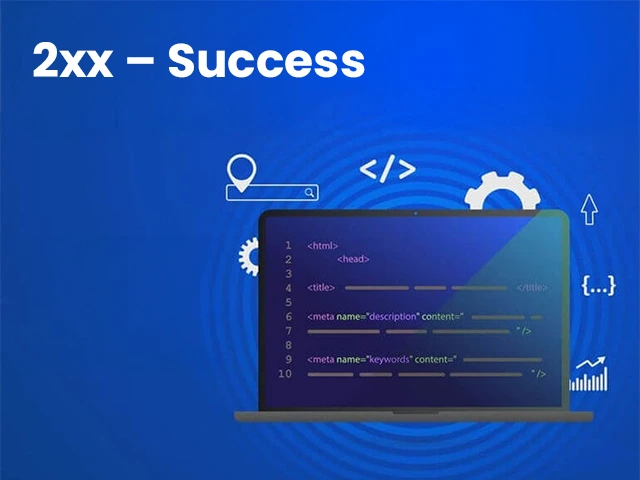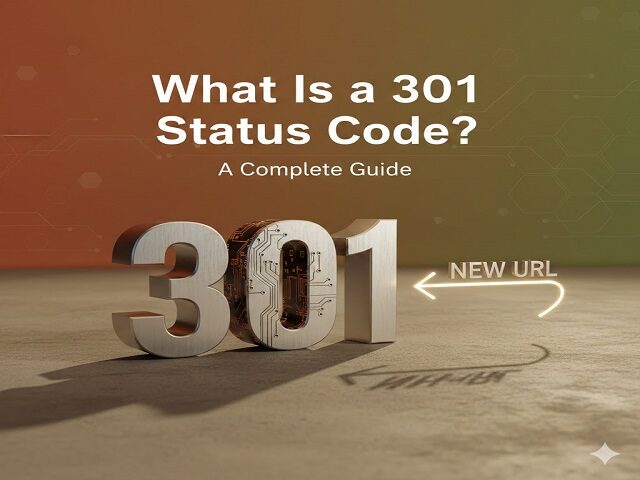Your browser talks to a server whenever you click a link or submit a form on a website. That conversation is made possible using HTTP (HyperText Transfer Protocol), and the response from the server is marked by a numerical code, known as an HTTP status code. These three-digit codes help define the outcome of your request.
While error-related codes like 503 service unavailable or status code 400 often steal the spotlight due to website failures, the 2xx status codes indicate that everything is working perfectly. These indicate successful communication between your browser (the client) and the server.
Let’s explore the range of 2xx success codes, what each one means, and how they fit into the broader landscape of HTTP response codes and api status codes.
What Does a 2xx Status Code Mean?
The 2xx class of HTTP status codes signals success. This means the request was received, understood, and accepted. For web developers, DevOps engineers, and API designers, understanding these codes helps ensure applications are functioning correctly.
Whether it’s an essential 200 OK response from a webpage or a more nuanced 206 Partial Content status used in streaming services, these codes provide valuable context for the success of each request.
Here’s a breakdown of each key 2xx code and what it tells us:
200 Status Code – OK
This is the most common and basic status code among all HTTP status codes. It means that the request was successful, and the server has returned the requested content.
Use Case: When a user lands on a webpage or submits a contact form and the page loads or responds correctly, they’re served a 200 OK.
201 Status Code – Created
This code, used mostly in REST APIs, indicates that the request was successful and created a new resource.
Use Case: When a user signs up on a website and their account is successfully created, the server responds with a 201 Created status. This is especially common in api status codes for POST operations.
202 Status Code – Accepted
This code indicates that the request has been accepted for processing but has not been completed yet. It doesn’t guarantee that the action will be completed—only that it was accepted.
Use Case: Email marketing platforms might use 202, which is accepted when a bulk email request is submitted and the processing is queued for later.
203 Status Code – Non-Authoritative Information
This status code is returned when the request was successful, but the returned metadata may be from a third-party source rather than the original server.
Use Case: This is used in proxy servers or caching layers where the original content may have been modified or served from a secondary source.
204 Status Code – No Content
A 204 No Content response means the server successfully processed the request, but there’s no content to send back. It tells the browser not to update the page content.
Use Case: Useful in AJAX-based operations, where form submissions or interactions don’t require a page refresh.
205 Status Code – Reset Content
Like 204, but it tells the client to reset the document view. For example, if a form was submitted successfully, this code instructs the browser to clear or reset the form.
Use Case: This is used in applications where a user submits input, and the server wants the interface to reset after success.
206 Status Code – partial materials
This condition code is used when the server distributes the proportion of the resource due to the aquaculture sent by the client. This medium is common in streaming and large file downloads.
Use the case: If you watch a video on the web and push it quickly, 206 partially helps material just load the requested section.
207 Status Code – more situations
Defined in the WebDAV protocol, 207 Multi-Status returns several status codes for different operations in the same HTTP response. This is not common on everyday websites, but the file plays a role in synchronization and batch updates.
Use the case: Sky storage or cooperation equipment that treats multiple files at the same time often refunds this condition.
208 Status Code – Already Reported
Also part of the WebDAV extensions, this indicates that the members of a DAV binding have already been enumerated in a previous part of the response, and the server is avoiding repeating them.
Use Case: It’s mostly used to optimize multi-resource responses and prevent duplication in applications using WebDAV.
226 Status Code – IM Used
A rarely used code, 226 IM Used indicates that the server has fulfilled a GET request and used instance manipulations to return the updated version of the resource.
Use Case: Applies in advanced caching or delta encoding scenarios. It’s highly technical and typically reserved for specialized applications.

2xx Codes in APIs and Real-Time Applications
In API architecture, api status codes are crucial to maintaining a reliable and transparent interaction between systems. The 2xx status codes not only confirm success but guide how clients should behave next.
- A 200 OK might mean display data
- A 201 Created tells the system to update a database
- A 204 No Content signals the interface to stay silent
- A 206 Partial Content can help mobile apps with bandwidth management
Understanding how these fit within broader HTTP response codes ensures efficient communication, especially in enterprise systems with multiple APIs.
Why 2xx Codes Matter?
While errors like 503 service unavailable or status code 400 often get attention due to site failures, 2xx codes are signs of things going right. They offer silent reassurance that your system is functioning as intended.
Moreover, monitoring 2xx responses is crucial for understanding performance and user behavior:
- Are users completing forms? (200 / 204)
- Is the system creating and managing data correctly? (201 / 202)
- Are partial loads or streaming resources functioning? (206)
- Are batch operations running smoothly? (207 / 208)
Even success has layers, and these codes tell the whole story.
The 2xx status codes are the unsung heroes of the web. They quietly signal that your site, API, or system works just as expected. Understanding these codes helps developers and engineers troubleshoot and optimize performance and user experience.
While codes like 503 service unavailable and status code 400 may demand urgent attention, the insights gained from 2xx responses are equally crucial for fine-tuning and scaling digital operations.
For businesses aiming to maintain high-performing platforms and seamless user journeys, mastering the full range of http response codes, including the quiet success of the 2xx series, is essential. Partnering with an experienced SEO company in India can further help interpret and act on these signals to boost website visibility, uptime, and overall performance.



